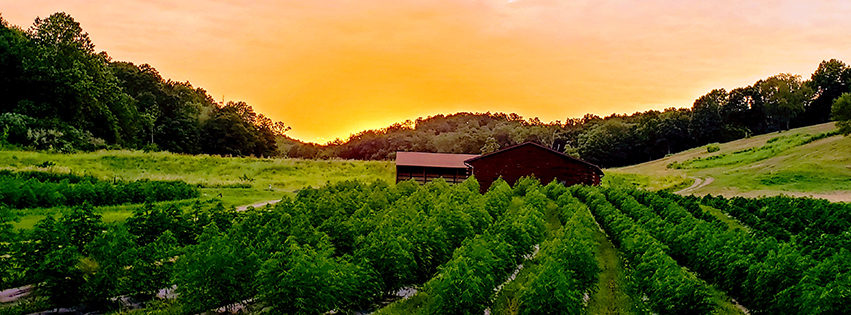Opportunities in the Hemp Industry

In January, the Peoria County Farm Bureau hosted a second informational meeting about hemp. The first meeting was held in January 2019, back when there were many unknowns about where the industry was headed. The State of Illinois, for example, had to figure out how to license growers and processors and set basic guidelines for growing the crop. That was completed just prior to the growing season. We saw many Illinois citizens try their “greenhand” at growing the crop and marketing the product after harvest, with mixed results.
There is strong interest in making hemp a staple of many Illinois farms. Fifty people attended the meeting in January—the majority had not grown the crop in 2019, but are interested in 2020. At a hemp summit in Springfield last December, Jeff Cox, head of the Illinois Department of Agriculture’s Medicinal Plant Bureau, said the agency had registered 644 farmers to grow hemp and licensed 194 processors.
One of the speakers at the January meeting was Marty Behrends of rural Peoria County. Marty is with Midwest Hemp Seed and has focused his efforts on supplying seed for growers. He traveled throughout the state last summer, monitoring fields and offering advice. On his own farm, he was able to grow two generations of hemp plants, and he’s utilized both Colorado and New York seeds in cross-pollination to try to develop seeds that are most adaptive to Illinois’ soil and climate.
Lessons of Last Year
So, what was discovered by growers in 2019? Here are a few lessons learned:
- First and foremost, it is hard, manual labor. For the most part, hemp plants were hand-harvested and manually hung in sheds or barns to dry; then their buds/flowers were manually harvested for the CBD oil found in stores around Peoria. One must be able to differentiate between male and female plants, as only the females are desired for harvest. When some growers found a high number of male plants in the field, it was “all hands on deck,” as manual labor was quickly needed to prevent contamination of the crop.
- A timely harvest is critical. Once the plants are ready for harvest, growers had better not delay, as a spike in THC takes place if they are allowed to mature. A THC level of more than 0.3 percent warrants destruction of the entire crop. (THC is tetrahydrocannabinol, the psychoactive ingredient in marijuana.)
- Hemp plants do not like “wet feet” (wet soil). That was a challenge last year, with the spring rains being quite consistent. Just as the basement of your house can harbor mold in a moist, humid environment, molds can wreak havoc on hemp plants if persistent wet conditions exist.
- Finding a market for your crop is critical. Prices fell significantly over the summer, and by January a lot of the harvested hemp had not yet sold.
Opportunities for Farmers
The hemp plant itself holds a diversity of options. The bud or flower is harvested for CBD oil, and if the plant is left to mature, the seed can be harvested for hemp oil. The more unknown and undeveloped market involves the fiber portion—the stems and the leaves, which can be used to make a variety of products that the petroleum industry currently has a hold on.
Another speaker at the January meeting was Jay Olson with Hemp BioCorp, a startup company that is looking to process the hemp plant into usable products such as rope, clothing and building materials. This will be a bit more challenging as it is handled in bulk—the entire plant, not just the buds and seeds. Mechanization will likely need to happen for that to take off. Another potential use for hemp, outlined at the January meeting, is as a high-protein food for human consumption—yet another opportunity for this growing industry.
No doubt the rise of hemp is increasing opportunities for farmers, and it does appear to have staying power. Will it ever become as big as corn and soybeans? There would have to be a significant changeover in equipment, storage, transportation and processing, which would take years, if not decades. But we will see what the market demands. PM
- Log in to post comments

